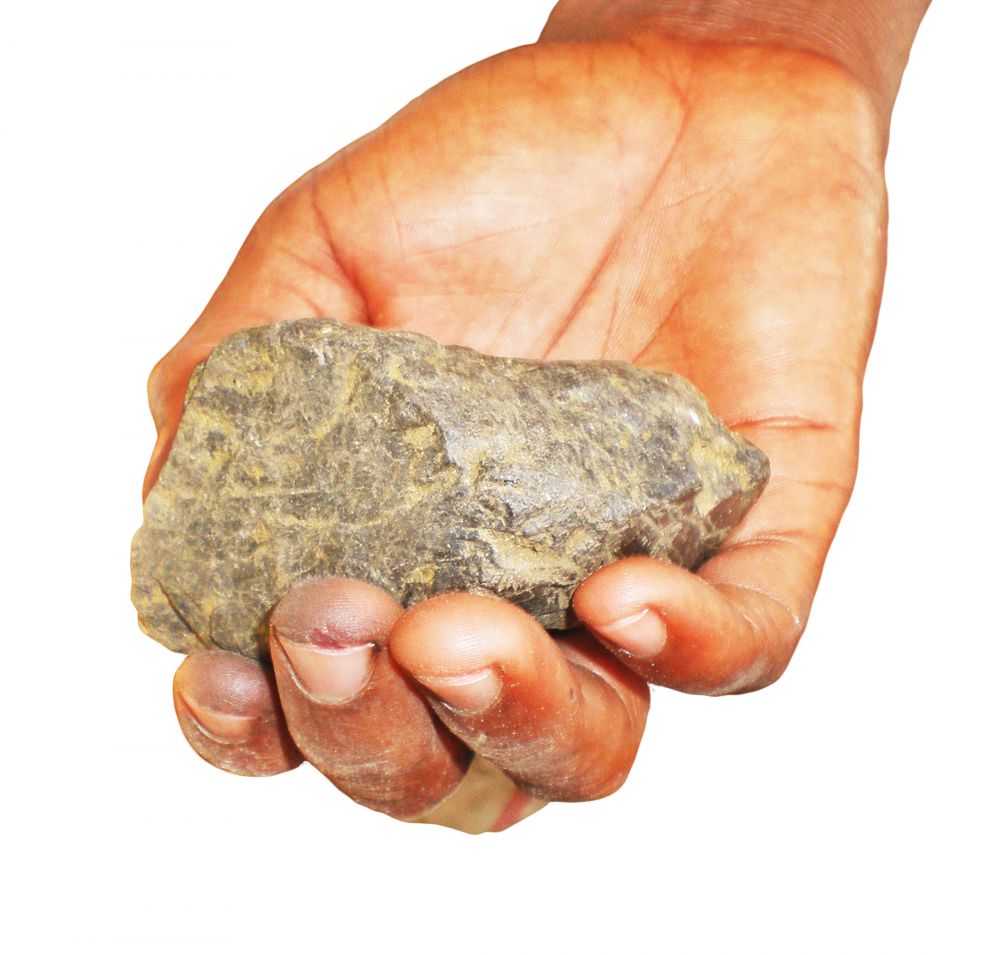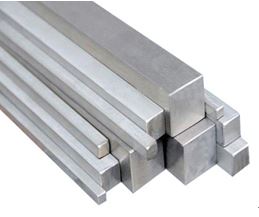How Tantalum Is Made
Tantalum Melting Process
Tantalum Melting Method
The tantalum–niobium ore constitutes the principal raw material for producing tantalum. It is commonly associated with several other metals. Consequently, it is necessary to decompose the tantalum melt concentrates, purify and separate the tantalum and niobium. This procedure yields pure compounds of tantalum and niobium, from which the metal is produced.
To achieve ore decomposition, hydrofluoric acid decomposition, sodium hydroxide melting and chlorination methods are available. For the separation of Tantalum and Niobium, solution extraction, fractional crystallisation and ion exchange methods are utilised.

Tantalum Production
In tantalum production, a pure tantalum compound is reduced to the metal. The raw materials comprise tantalum(V) oxide, tantalum chloride, tantalum pentafluoride and fluoride compounds (for example, K2TaF7). Sodium, magnesium and other active metals, as well as carbon and hydrogen, are used as reducing agents. Given that the melting point of tantalum reaches 3 669 K, the reduction yields a powder or a sponge-like form. Further refining is required to obtain a dense metal.
The production methods include thermal reduction using sodium, thermal reduction using carbon and molten salt electrolysis. The thermal sodium reduction of potassium tantalate is employed most extensively worldwide for tantalum production.
Tantalum powder exhibits a complex morphology and a high specific surface area. The thermal reduction across five oxidation states is an industrial process for tantalum production; however, it is not as widely adopted as the sodium reduction method due to lower product purity. In molten salt electrolysis, two procedures are applied, namely electrolytic electrolysis and oxygen‐free electrolytic electrolysis. Molten salt electrolysis produces only metallurgical‐grade tantalum powder. The pentafluoride hydrogen reduction is regarded as a promising method for tantalum production; however, it is not deployed in industrial production given the rigorous requirements on equipment materials and environmental protection.
The majority of the tantalum powder is used directly in tantalum capacitors within the electronics industry. Consequently, processes such as milling to produce tantalum metal from tantalum and tantalum powder through vacuum heat treatment are classified as capacitor‐grade tantalum powder hydride procedures.
Thermal Reduction Process Using Sodium for Tantalum Powder Production
The sodium metal thermal reduction method is a significant process for producing tantalum powder and is the primary method used in industrial production (including metallurgical‐grade Ta powders). The resulting metal, in particulate form, exhibits a complex morphology and a high specific surface area. This powder is suited for use as an anode material in tantalum electrolytic capacitors. It is processed by sintering via electron beam melting, vacuum arc remelting or vacuum refining, thereby forming high‐purity tantalum ingots or rods which are subsequently shaped into various tantalum products.
To produce high‐purity tantalum powder, sodium and potassium fluorotantalate are used as diluents (or in combination with NaCl and KCl). An inert atmosphere of argon or helium is maintained to ensure the required purity. A stringent dehydration step at various temperatures is conducted in advance. Moreover, a vacuum heat treatment is performed at temperatures between 598 K and 648 K. After the vacuum treatment, residual organic compounds and hydrogen fluoride are removed from the potassium fluorotantalate, thereby refining the granules and yielding fine tantalum powder via reduction.
Since the 1970s, this method has been used to enhance the specific capacitance of tantalum powder. Phosphate is typically incorporated as a dopant either before or after the crystallisation of potassium fluoride and prior to the vacuum heat treatment of the tantalum powder. The doping process prevents the sintering of the tantalum powder during the sintering of the anode block, thereby maintaining its specific surface area. Metal sodium oxides are removed using either a metal–ceramic filter or a cold trap method.
Reduction of potassium and sodium fluorides is carried out in an inert atmosphere at temperatures ranging from 1 153 K to 1 173 K. The reduction products are metal tantalum powder, potassium fluoride, sodium fluoride and a non‐reactive diluent.
Prior to the 1950s, solid layers of metal sodium‐ and potassium‐fluorotantalate were subjected to explosive reduction reactions in reactors. Although the resultant tantalum powder featured fine particles and a high surface area, it contained elevated levels of oxygen and carbon, which rendered it impractical.
In that approach, the reaction time was excessively long and the product particle size was coarse, so that the powder could only be used to a volumetric capacity of 3 000 uF·V/g. With improvements via a liquid–solid mixed charge reaction based on sodium reduction, the production cycle was reduced to three‐quarters of that in the gas–liquid reaction, and the volumetric yield of tantalum powder increased by more than 30%; however, the yield still does not meet ideal specifications.
Given that tantalum capacitors have become smaller and more micro‐scale, there is a requirement for tantalum powder with an increased surface area. Consequently, liquid reduction processes incorporating sodium mixing and doping techniques have increased the volumetric yield of tantalum powder to achieve an output corresponding to 1 000 uF·V annually.
The fluoride is removed by immersion, followed by washing with a solution comprising 18% HCl and 1% HF for 12 hours at 363 K. Thereafter, the product is washed with pure water and dried at 353 K. For the production of capacitor‐grade tantalum powder, the initial particle size distribution, vacuum heat treatment (see Tantalum Powder Vacuum Heat Treatment), crushing and sieving, and any necessary post‐processing modulation are implemented. Additionally, magnesium reduction deoxygenation, pickling, washing and plastic processing steps are carried out to ensure that the final product meets the specific capacitance requirements for capacitor‐grade tantalum powder.
Ongoing improvements and developments in sodium‐reduced tantalum powder are anticipated consequent to the miniaturisation, downsizing and cost reduction of electronic products. Since the 1960s, the specific capacitance of tantalum powder has increased, and its capacitance ratio has reached between 22 000 and 26 000 uF·V/g in the United States, Japan, Germany and other countries.

 Bars
Bars
 Beads & Spheres
Beads & Spheres
 Bolts & Nuts
Bolts & Nuts
 Crucibles
Crucibles
 Discs
Discs
 Fibers & Fabrics
Fibers & Fabrics
 Films
Films
 Flake
Flake
 Foams
Foams
 Foil
Foil
 Granules
Granules
 Honeycombs
Honeycombs
 Ink
Ink
 Laminate
Laminate
 Lumps
Lumps
 Meshes
Meshes
 Metallised Film
Metallised Film
 Plate
Plate
 Powders
Powders
 Rod
Rod
 Sheets
Sheets
 Single Crystals
Single Crystals
 Sputtering Target
Sputtering Target
 Tubes
Tubes
 Washer
Washer
 Wires
Wires
 Converters & Calculators
Converters & Calculators
 Write for Us
Write for Us

 Chin Trento
Chin Trento



